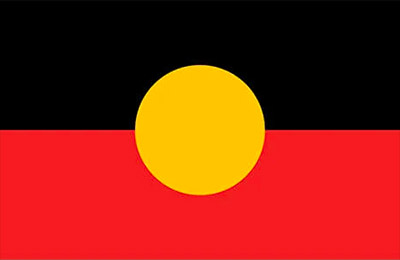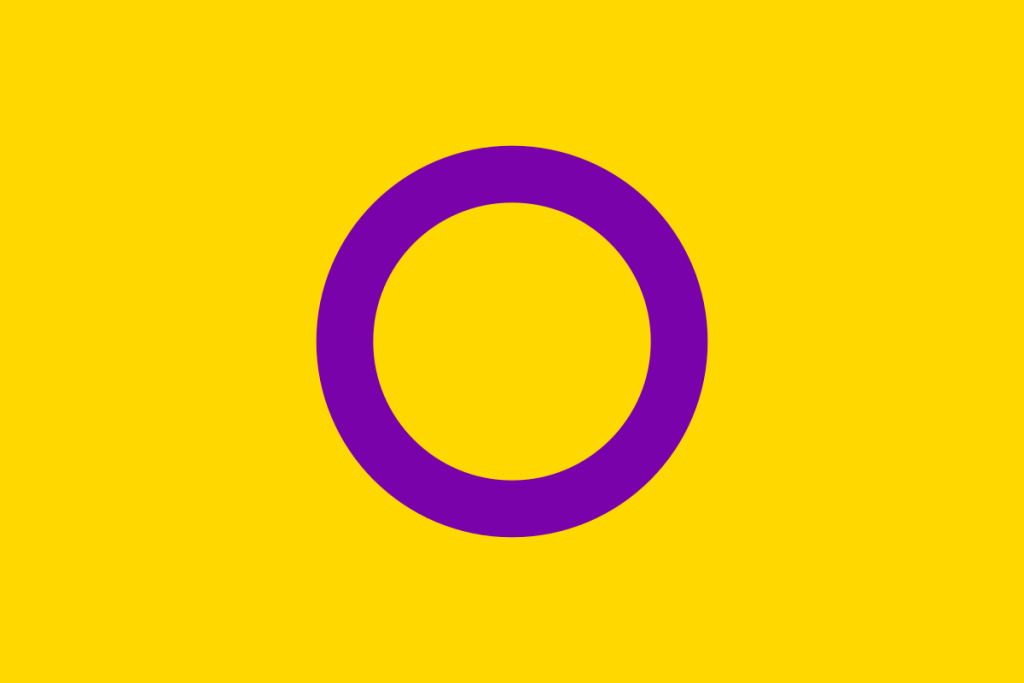From childhood to old age, women and gender diverse people experience health, illness, and healthcare differently to men.
These differences begin at birth, and progress to include gendered childhoods, gendered work lives, sexism and violence, sexual and reproductive health and economic insecurity. The disproportionate demands of caring and motherhood also have an impact. Women have higher levels of chronic disease and poorer mental health linked to sexism, violence and chronically poor incomes. Women experience gender discrimination in healthcare which can result in delayed access to care, misdiagnosis, and neglect. Women comprise half of Australia’s population, but their burden of poor health is disproportionate.
Women are the majority of health consumers, the majority of health service providers and the majority of carers. Women are overrepresented in caring jobs and professions and underrepresented in health leadership. Better outcomes in women’s health and wellbeing have benefits for individuals and their families, and for the broader community. Those benefits include opportunities for women’s greater participation and leadership in public life and the paid workforce, and decreased demand for high-cost health services.
Conditions that affect more women than men include many chronic diseases, pregnancy, childbirth and menopause, stroke, osteoporosis, and mental health conditions like anxiety, depression and eating disorders. Women also disproportionately bear the health impacts of all forms of violence and are more likely than men to develop disabilities and/or long-term health conditions as a direct result of violence. Many conditions like heart disease, HIV and multiple sclerosis look different for women than they do for men and women’s longer lifespans result in higher rates of age-related disability and dementia.
Women and their children fleeing domestic violence and older women living in poverty, are the fastest growing groups experiencing homelessness in Australia. Violence against women costs Australia more than $22 billion annually. The health impacts of family, domestic and sexual violence are long-lasting, and have significant effects on the lives of victim-survivors and their families.(1) Women with disabilities and Aboriginal and Torres Strait Islander women experience distressingly high rates of gender-based violence.
Further, Aboriginal and Torres Strait Islander women, migrant and refugee women, women with disability, trans women and gender diverse people experience sociocultural forms of discrimination and racism, poorer health and wellbeing outcomes, increased gender inequality, and fewer opportunities for social and economic equality. These issues require specific attention.
Since the start of the COVID-19 pandemic in 2020, women’s levels of depression and anxiety, financial insecurity and sickness have significantly increased, because they have continued to shoulder a disproportionate burden of care for others as well as domestic work.(2)
Generations of women have lived through women’s health care being ‘demeaning, discriminatory, judgmental and of poor quality’. Being made to feel ‘dirty, shameful, unbalanced, neurotic, stupid and guilty’ when they sought help for their very personal health issues, is in the intergenerational memory of many women.(3) Progress has been made but so much still needs to be done to ensure that all women can access respectful, evidence-based, non-judgmental health care, and gender equitable socio-economic opportunities.
Gender is at the heart of all health and disease pathways, so gender needs to be considered in all health promotion, prevention, and health care.(4) Women’s health services deliver gender appropriate, affordable, and accessible programs and care because they are designed by women, for women, to meet the health needs of women. Women’s health services are built on principles and practices to ensure that they:
There is continuing and increasing need for multi-lingual and multimedia health promotion and disease prevention resources, including Auslan, for communities of women whose access to mainstream health services is limited. There is also an immediate and ongoing need for more sophisticated research and data about the impact of intersectionality on particular groups of women marginalised by the power relations imposed by race, disability, age, ethnicity, or sexual identity.
Women’s health services demonstrate leadership in excellence and innovation, translating evidence into practice and generating creative solutions to complex issues.(5) As communities across Australia are faced with the impacts of the COVID-19 pandemic and multiple environmental crises and disasters, women’s health services are experiencing growing demand for increased levels of care and service delivery. It is imperative that women’s health receives a significant funding increase from both state and federal governments to be able to meet the demand.
1. Australian Medical Association, Position statement, Family and Domestic Violence, Australian Medical Association, 2016.
2. Victorian Women’s Health Services, Recovery and Resilience: Recognition, Representation and Gender Equal Investment After COVID-19: Victorian Women’s Health Services submission to the 2022-2023 Victorian State Budget, Victorian Women’s Health Services, 2022.
3. G Gray, Reaching for Health: The Australian women’s health movement and public policy, ANU Press, 2012.
4. Australian Women’s Health Network, Women’s Health: The New National Agenda, Australian Women’s Health Network, 2008.
5. Women’s Health East, Strategic Plan 2021-25, Women’s Health East 2021.
Australian Women’s Health Alliance acknowledges the owners of the lands on which we live and work, and pay our respect to Elders past and present. We recognise First Nations people across this country and their continuing connection to land, waters, and culture. Sovereignty has not been ceded.




Call healthdirect – 1800 022 222
Contact 1800RESPECT
Call triple zero – 000
Other crisis and general helplines can also be found online
This website contains names and images of people who have died.
© 2025 Australian Women’s Health Alliance – Privacy Policy
Website maintained by SME Digital